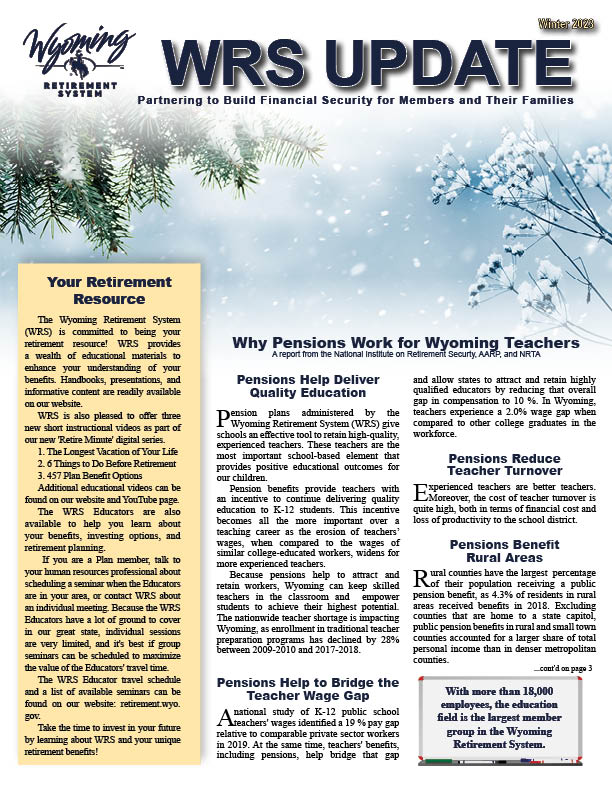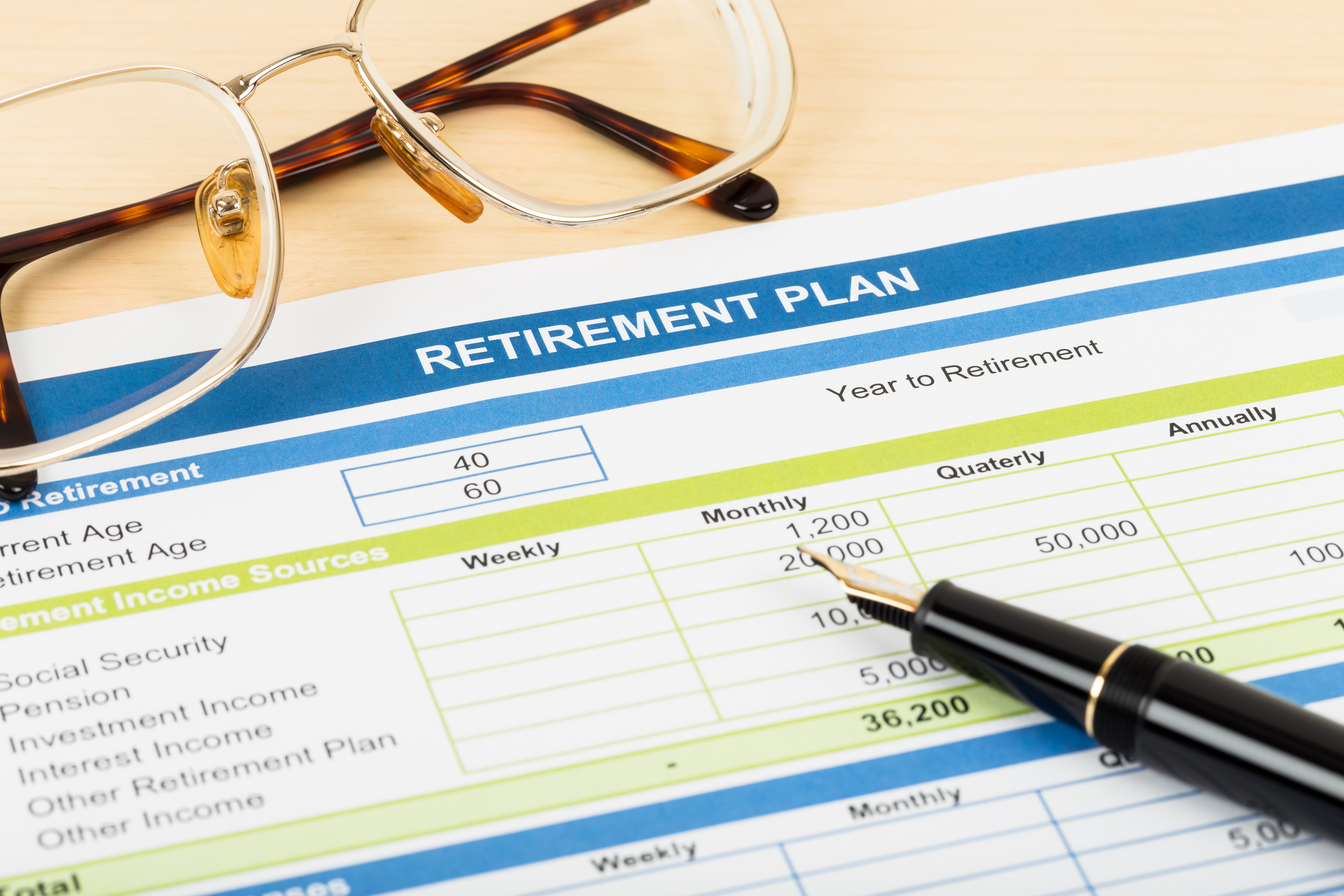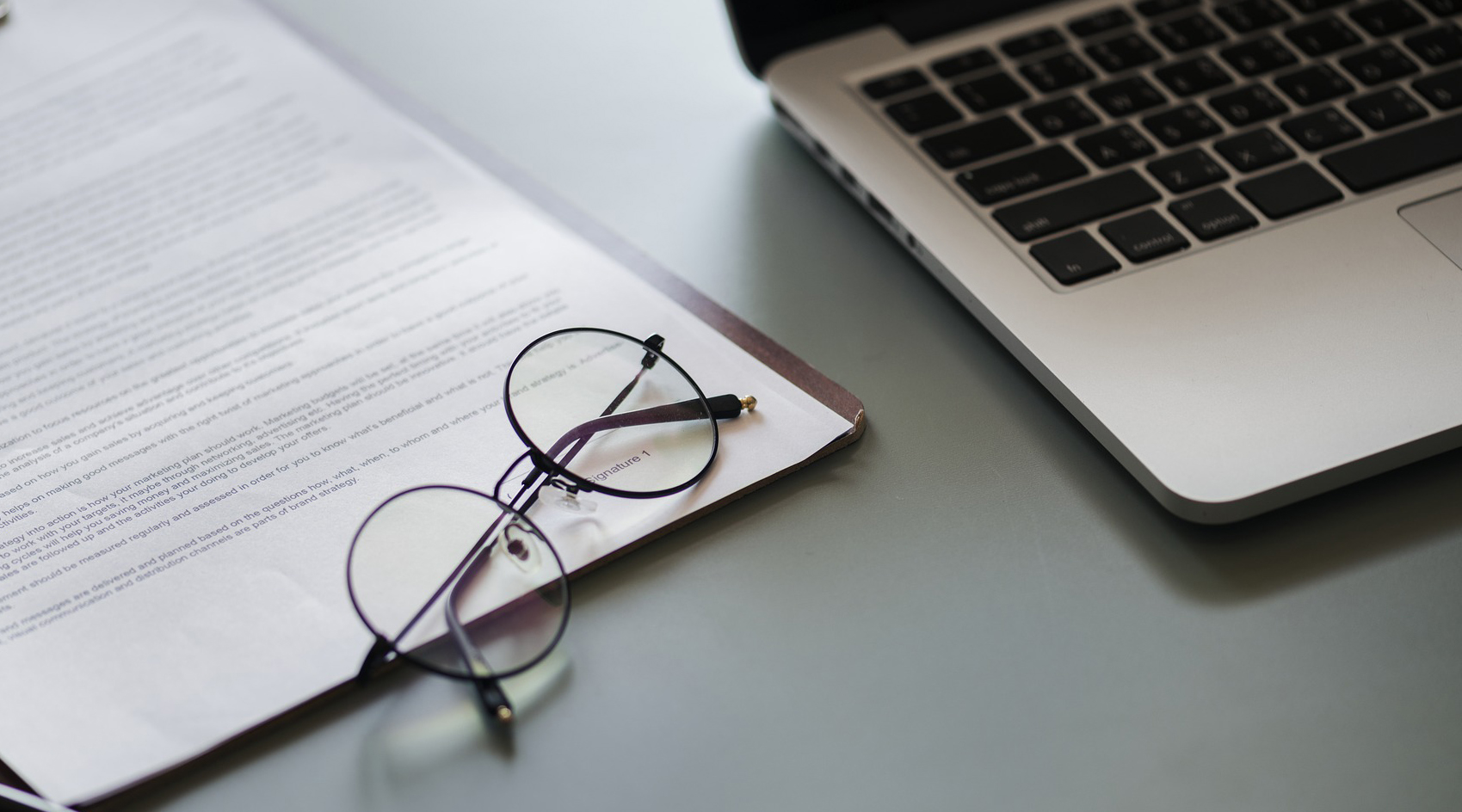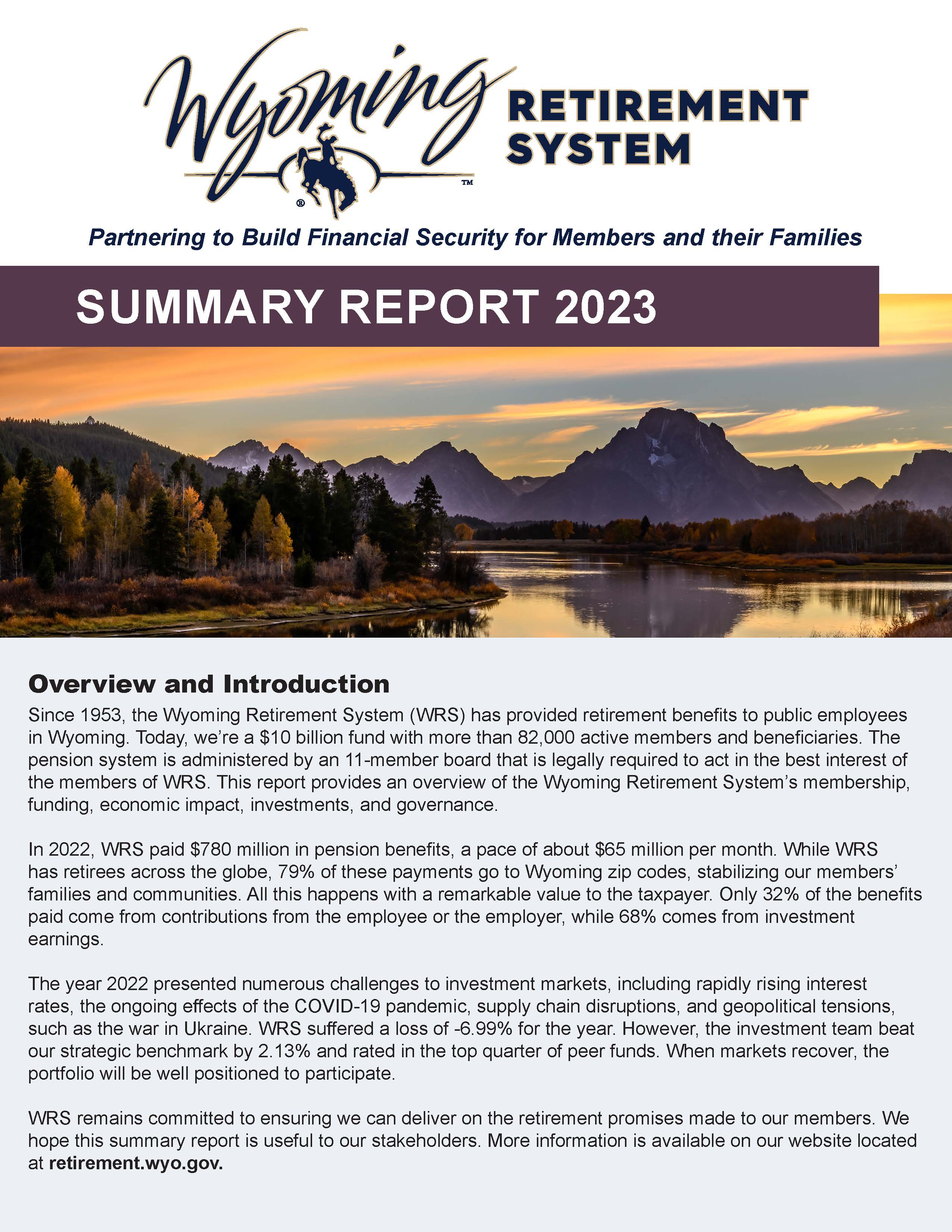2. Talk To Your Boss, and Talk To HR
As I laid out my 12-month checklist, I planned several meetings with my boss and the Human Resources department. My first meeting was with my boss at the one year mark, as I’d decided I was going to be very transparent about my plans and allow time for a smooth succession. It was a risk to approach “the boss” so early, but I felt it was important to provide my employer with as much time as possible to plan for my departure. I have no regrets about my approach, and my employer appreciated my support in the transition planning.
3. Talk To Your Spouse
It may seem obvious, but retirement doesn’t just affect the person leaving the workforce. In our case, my wife had been a stay-at-home Mom since our daughter was born, and the adjustment of having me home all of the time was going to be a big change in the way she’d lived her life for 20+ years. If you’re married, make sure you’re planning retirement together. Incorporate things that are important to both of you for your retirement dreams, and keep an ongoing discussion about the big changes you’re both going through.
Fortunately, I had a friendly IT Help Desk contact who was sympathetic to my cause and invested significant effort on his part to migrate all of my information from my work server to Google Contacts. This was one of the items I worried about as I thought about my retirement, but I was fortunate to find a way to capture over 20 years of contact information and continue to maintain those addresses post-retirement.











